By Cassie Hall, Summit Metro Parks Naturalist
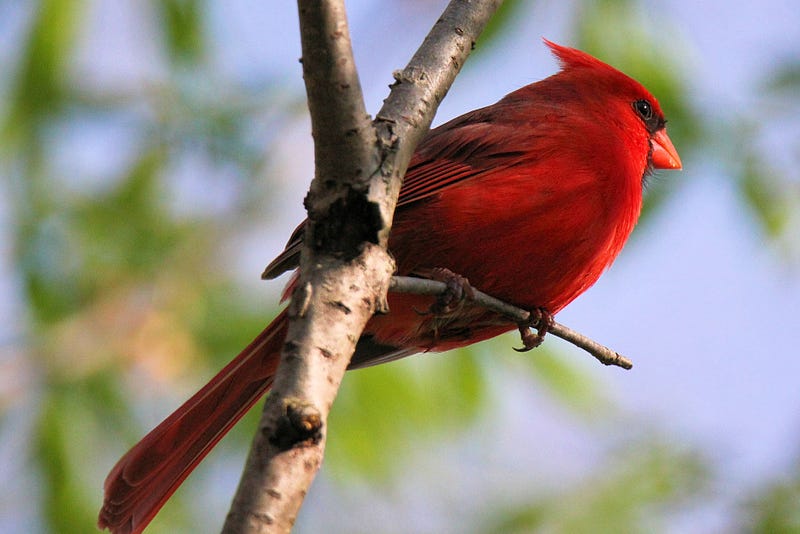
Imagine a bird. Most likely a picture of an orange-breasted robin or a crimson cardinal comes to mind. If you dwell on it longer, you may think of other exotic, enchanting avian species. It could be argued that birds should be conserved purely for their beauty — their brilliant colors and deft, graceful movements have been inspiring art, music and literature for centuries as symbols of hope, peace, liberty, intelligence and joy. Traditions of Thanksgiving turkeys, partridges in pear trees and bald eagles of freedom are deeply ingrained in our culture and history. From the elusive owl to the overly abundant sparrow, birds are a staple in our everyday lives that are often taken for granted.
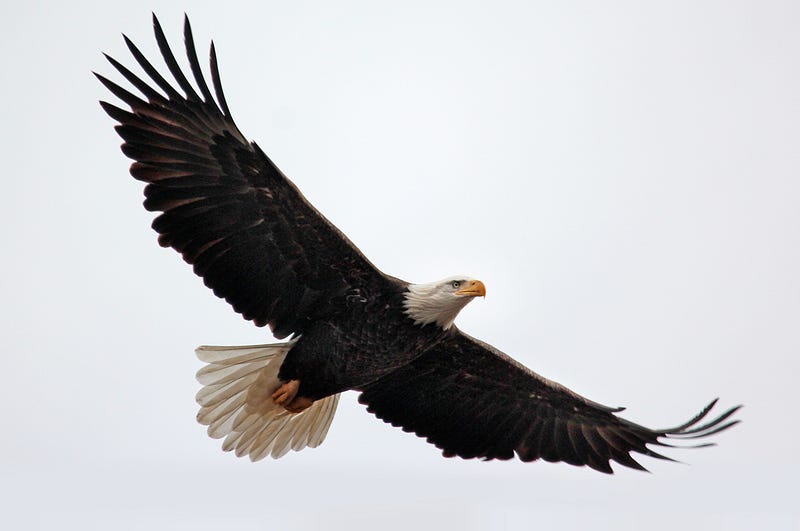

Now imagine a world without birds. Empty tree branches. Songless springs. Surely the world would be less colorful, but would that be the only consequence? Do birds have a larger impact on the environment than being just pretty faces? What would become of us and our world without our feathered friends?

Birds are one of the most important indicators of environmental health and are large contributors to the survival of many other species, including ours. They are pollinators, seed distributors and crucial links on the food chain as predators, prey and scavengers. Biologists study their migration patterns to predict seasonal weather changes, while engineers study their feathers and wings to inspire the next innovations in flight. They protect crops from harmful insect pests and create jobs and revenue through ecotourism. For example, Lake Erie’s Magee Marsh, a 2,000-acre wildlife refuge, attracts more than 100,000 birders each year. In 2011, it generated $26 million dollars and created 283 jobs.
Birds inspire us, benefit us and teach us, and for that we must protect them.

How do we protect an entire species? Following the human-caused extinctions of the passenger pigeon in 1914, which was hunted for its meat and destroyed for its crop-eating tendencies, and the Carolina parakeet in 1918, which was trapped and killed for its exquisite feathers, it was abundantly clear that action had to be taken. The Federal Migratory Bird Treaty Act was enacted in 1918 to prohibit the hunting, killing, capturing, owning and selling of any migratory bird, including any part, nest or egg without a proper permit.
The biggest threat to bird populations today is habitat loss. Draining of wetlands, logging and urban development destroy vital land that birds need to feed, reproduce and thrive. To help counteract this, the National Audubon Society has designated Important Bird Areas (IBAs) to conserve and protect areas where threatened and endangered species have been observed. Wildlife biologists, naturalists and citizen scientists collect yearly data and submit their findings to the Audubon Society for consideration to become an IBA. If selected, the site is then monitored periodically to measure continued importance of the site.
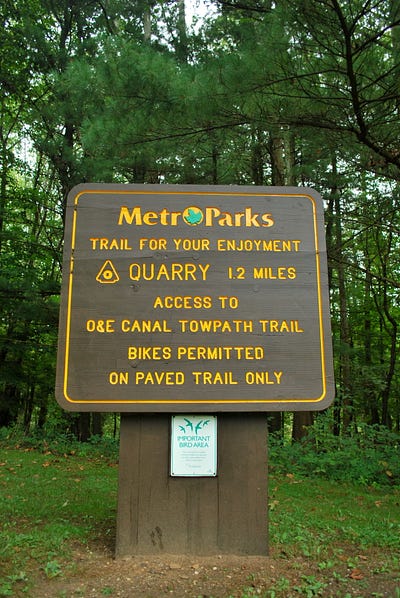
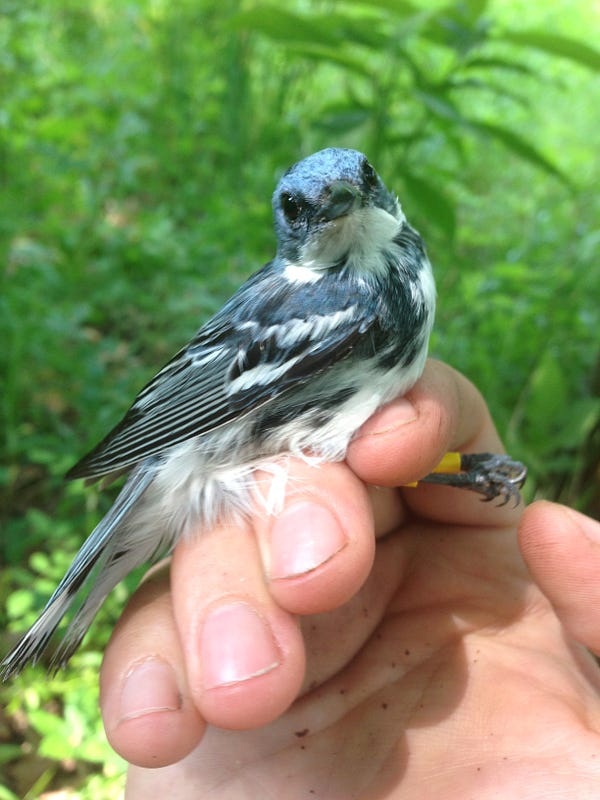

Two of our Metro Parks have been approved as IBAs: Liberty Park was designated in 2006 and Deep Lock Quarry Metro Park was designated in 2011. Firestone Metro Park is currently under consideration by the National Audubon Society. These parks have been shown to provide important breeding grounds and temporary stops for migratory birds on their long journeys.
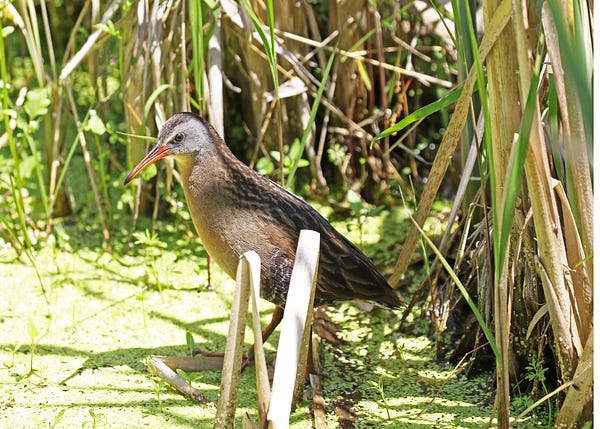

Liberty Park in Twinsburg is home to sedge wrens, sora, Virginia rails and the secretive Wilson’s snipe. Deep Lock Quarry in Peninsula is a hotspot during the spring migration, boasting hooded warblers, veery thrushes, acadian flycatchers and Louisiana waterthrushes.


Firestone Metro Park, although not yet officially designated as an IBA, is a warbler paradise with prothonotary, Connecticut, yellow and mourning warblers spotted throughout the spring.
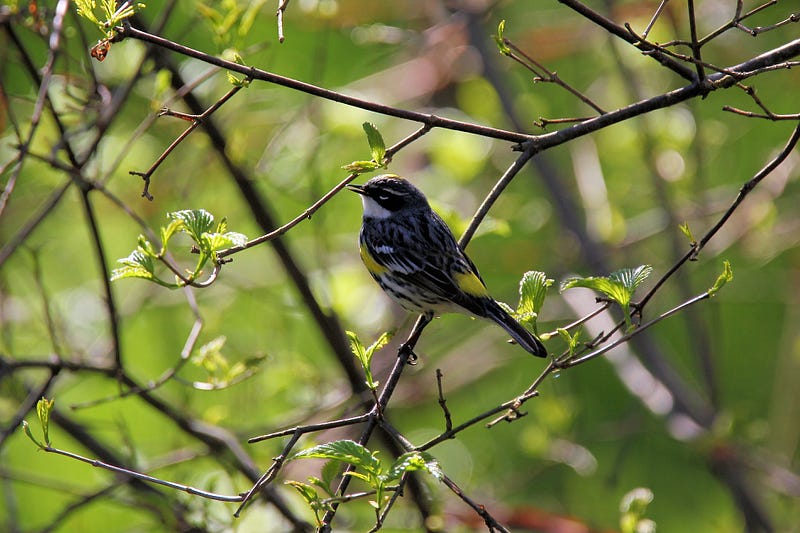
Many of us envy birds for their beauty and freedom, but their lives might not be as carefree as we think. They migrate thousands of miles every year, endure harsh weather, and fend off predators while providing for themselves and raising their young.
Here are a few simple suggestions to make their lives a little easier:
- Install a bird feeder: Remember to keep bird feeders filled during all seasons. This will establish your yard as a constant source of food that birds will come to rely on in times of hardship.
- Install a bird bath: Open water sources can be difficult for birds to find in winter, so bird baths that are used during this cold season should be heated to prevent freezing.
- Install bird boxes: Nest boxes vary in size and shape for the type of bird you would like to attract. Some birds prefer to nest in flocks while others are solitary nesters. Screech owls, for example, prefer nest boxes that are mounted on the trunk of a tree, whereas purple martins prefer their nest boxes 15–20 feet high in the air. It is important to research the nesting habits of the birds you wish to provide homes for in order to attract them to your yard.
- Leave the leaves: Birds use leaves as nesting material. Leaves are also home to many insects and other invertebrates that birds eat.
- Plant native plants: 96% of terrestrial North American birds raise their young on insects, which feed on native plant life.
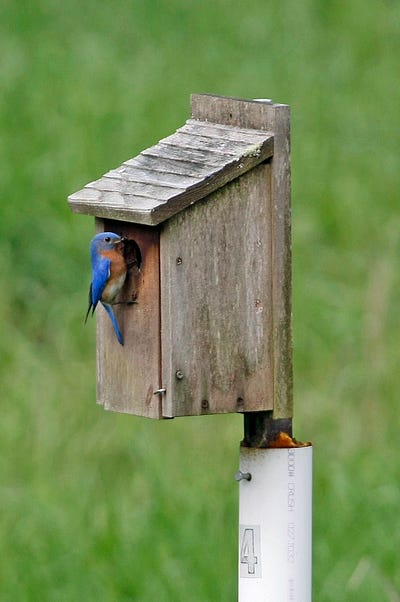

Want more tips on how to protect and help birds? Call a Summit Metro Parks naturalist at 330–865–8065. You can also check our Programs & Events Calendar to find out when the next bird hike or related program will be.